by William H. Langenberg
The 50 ships transferred to Great Britain by executive action of President Roosevelt were all Clemson-class destroyers. There were 273 of these ships commissioned during 1917-1922. In general, they had an overall length of 314 feet, 5 inches; and a beam of 31 feet, 8 inches. Normal displacement was 1,190 tons, which produced a mean draft of 9 feet, 3 inches. The design speed was 35 knots, and their complement was six officers and 89 men. The ships were normally armed with four 4-inch guns and one 3-inch gun, plus twelve 21-inch torpedo tubes arranged in four triple mounts.
[text_ad]
The Clemson-class carried hull numbers DD-69 through DD-347 inclusive. Despite the fact that World War I was concluded before construction on many of the destroyers was started, only hull numbers 200-205 were canceled. These destroyers, commonly referred to as “four-pipers,” were perhaps the archetypal American warships. Built too late for extensive combat service in World War I, they were approaching obsolescence by the advent of World War II; however, they played an important role in the latter conflict. One ship of the class, USS Reuben James, became the first American combat vessel sunk during hostilities between the United States and Germany when she was torpedoed by German submarine U-552 while escorting a British convoy on October 31, 1941, more than a month before the United States entered the war.
“Four-Piper”: The Ubiquitous Ship
Four-pipers were possibly the U.S. Navy’s most ubiquitous and colorful ships. Their presence in huge numbers during the 1920s virtually halted new American destroyer construction for 12 years. In addition, their existence as usable hulls practically forced the U.S. Navy to find alternative uses for them. Consequently, many were converted to destroyer minelayers, seaplane tenders, minesweepers, high-speed transports, radio-controlled target vessels, and even water barges. Several were sold and converted to civilian banana carriers. As combat ships, they served under the ensigns of the United States, Great Britain, Norway, Canada, and the Soviet Union. One captured four-piper, USS Stewart, even fought for Japan.
While the four-pipers were normally considered a homogeneous class of ships, that was not quite true. It should be recognized that the 273 completed destroyers were constructed in 11 different building yards, each of which made slight changes in the basic design to utilize the best local ship-construction practices. Three ships of the class were built with only three stacks, while many others in later life had one or two of the original four stacks removed. For this reason, “flush-decker” rather than “four-piper” is sometimes used to describe the class. Two of the ships had three, rather than the usual two, propeller shafts. Of the 273 four-pipers completed, only 20 were built in Navy yards, while 253 were constructed by civilian shipbuilders.
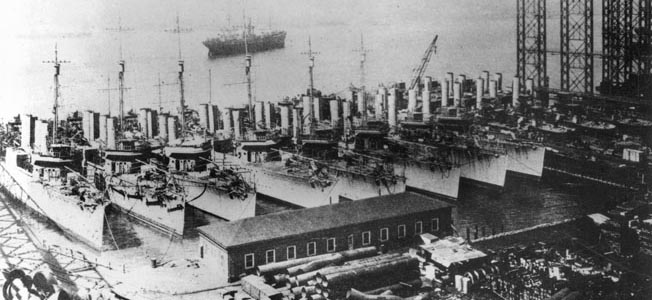
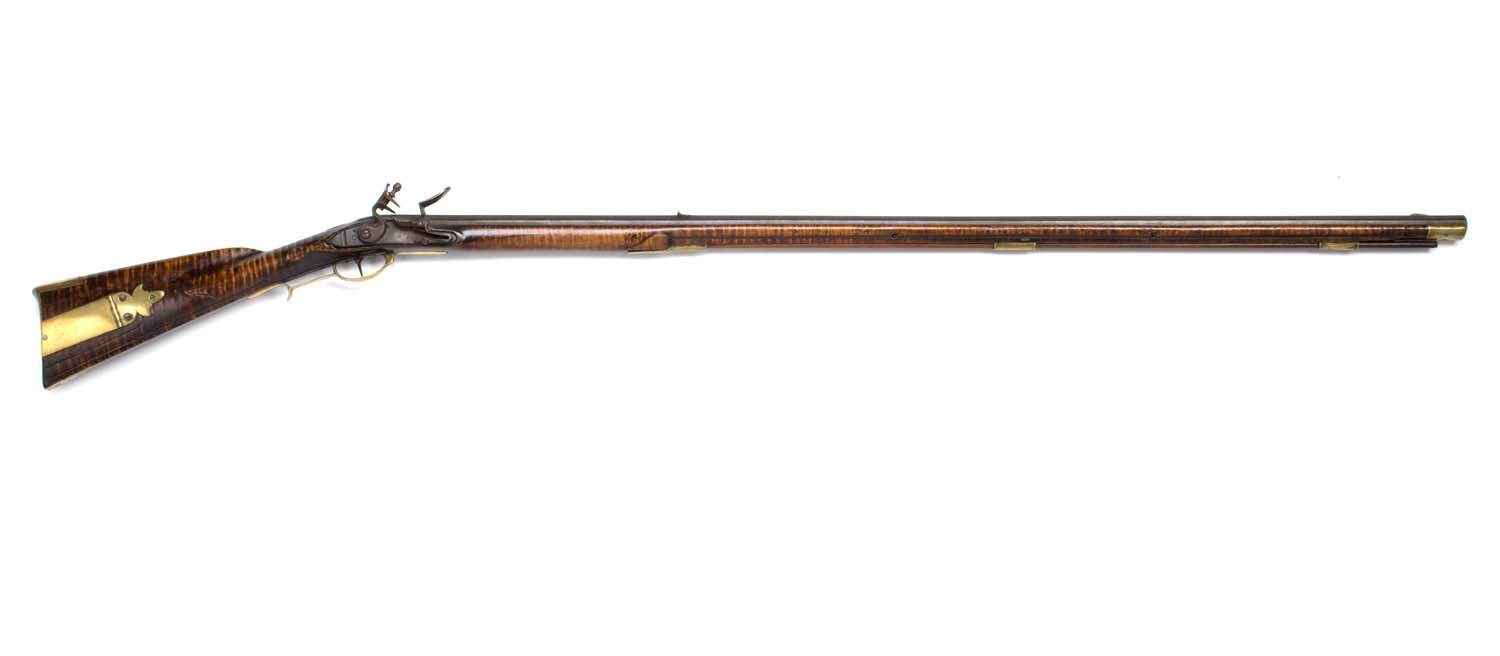

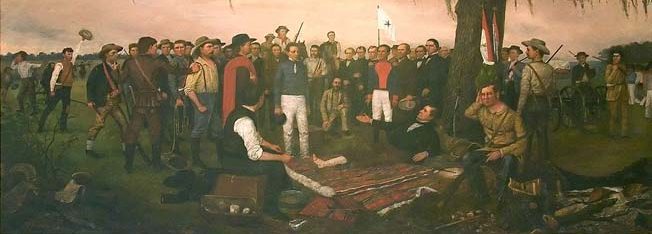
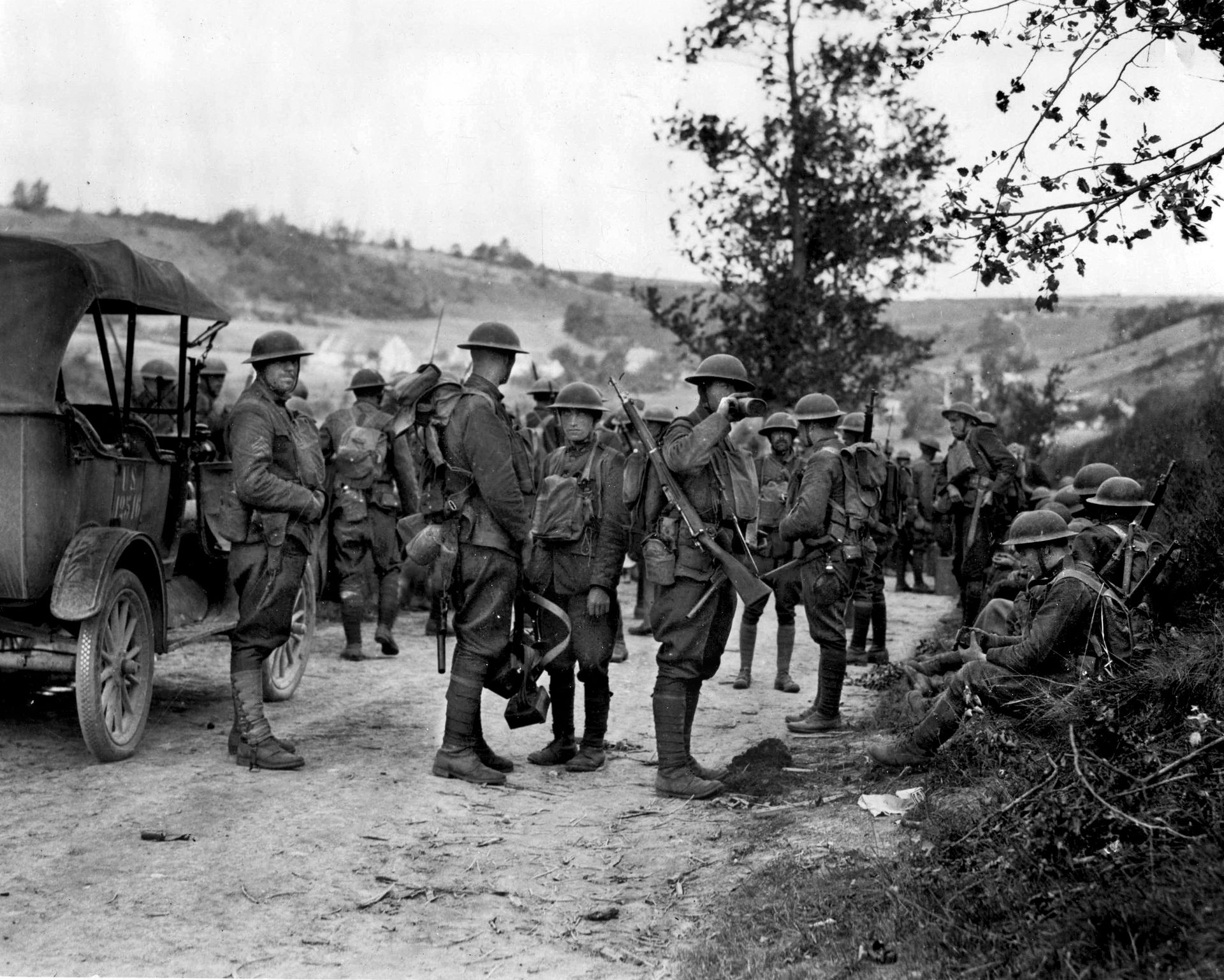
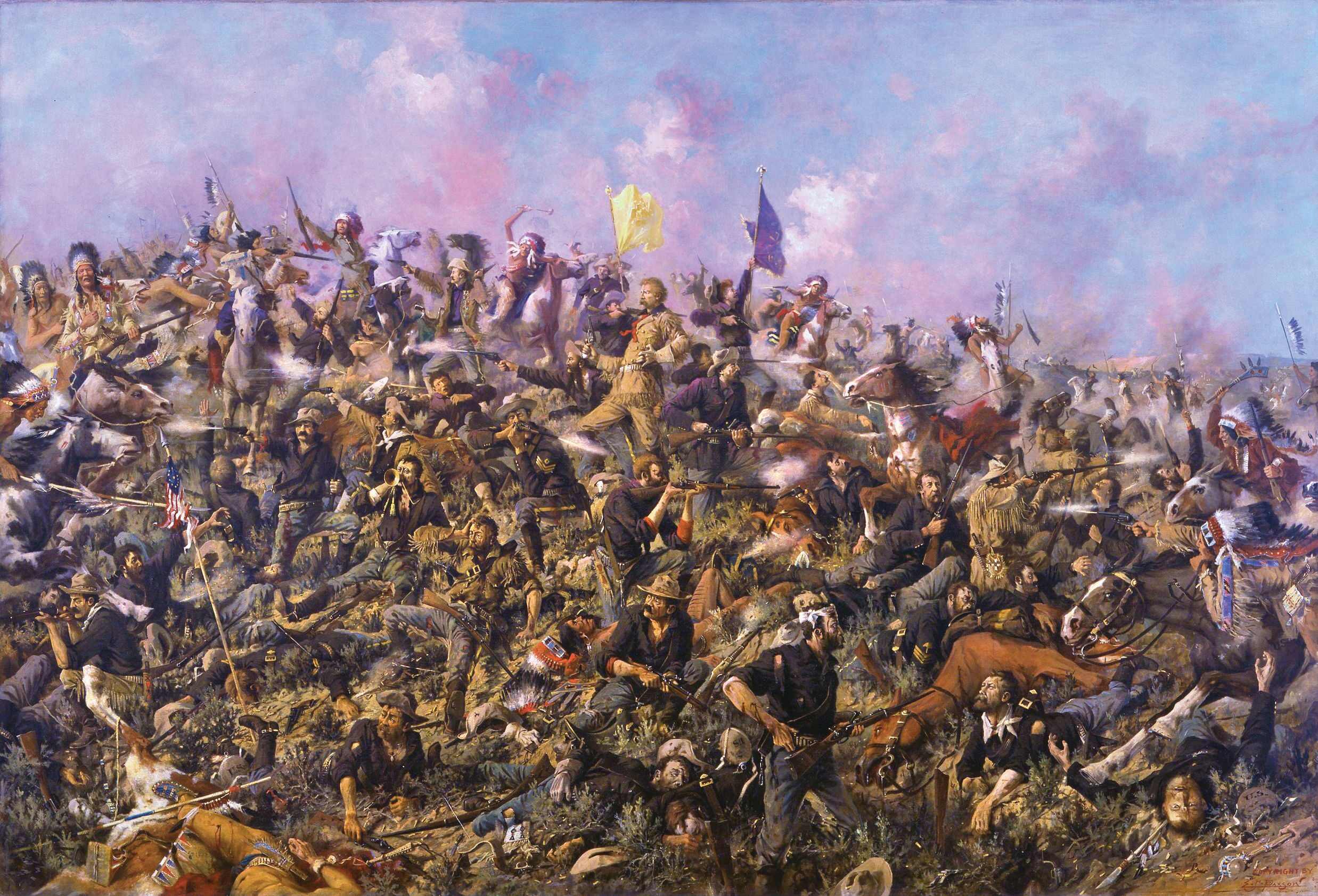
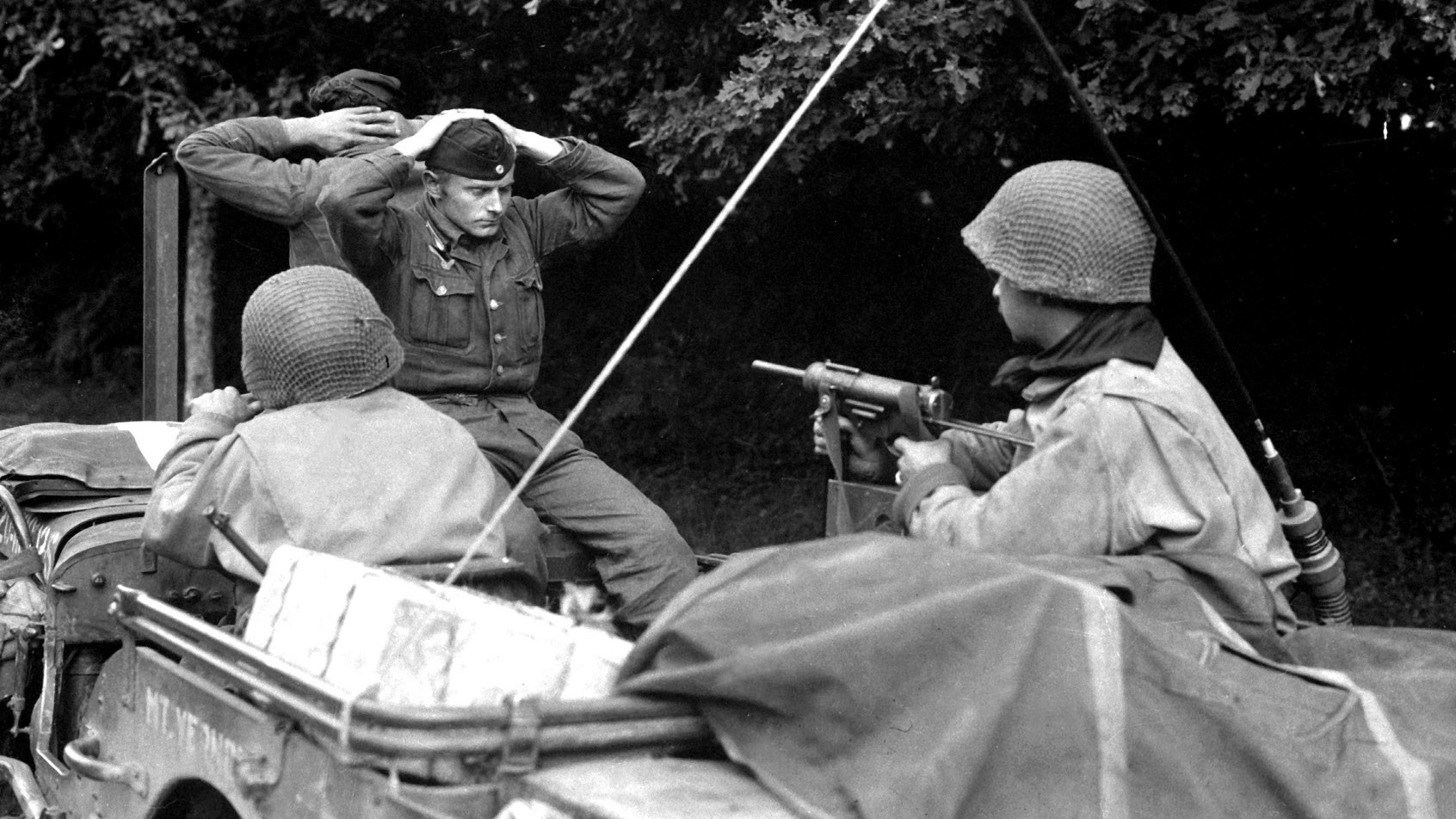
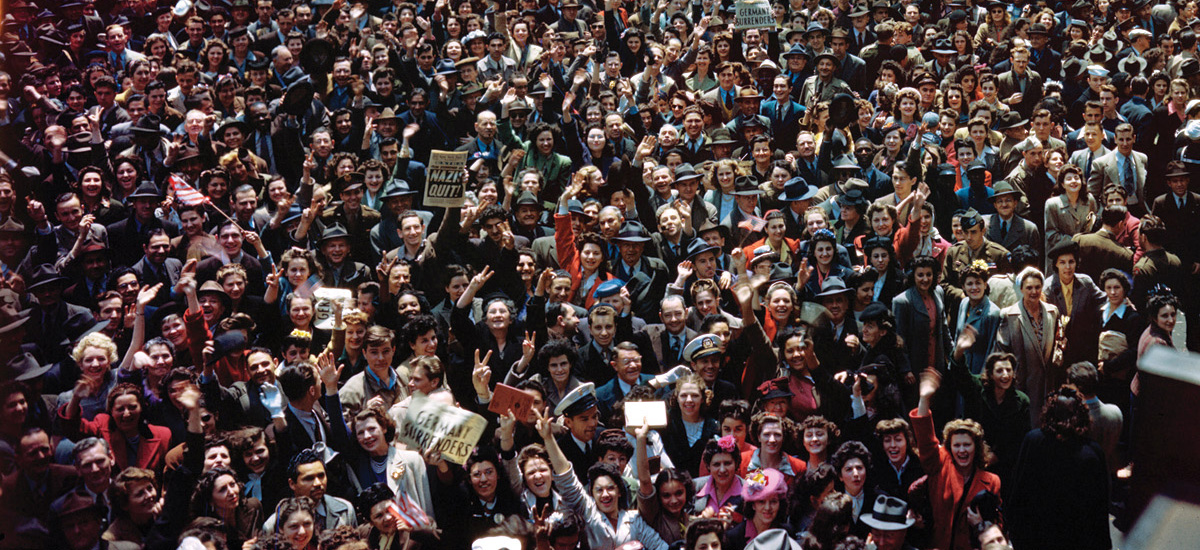
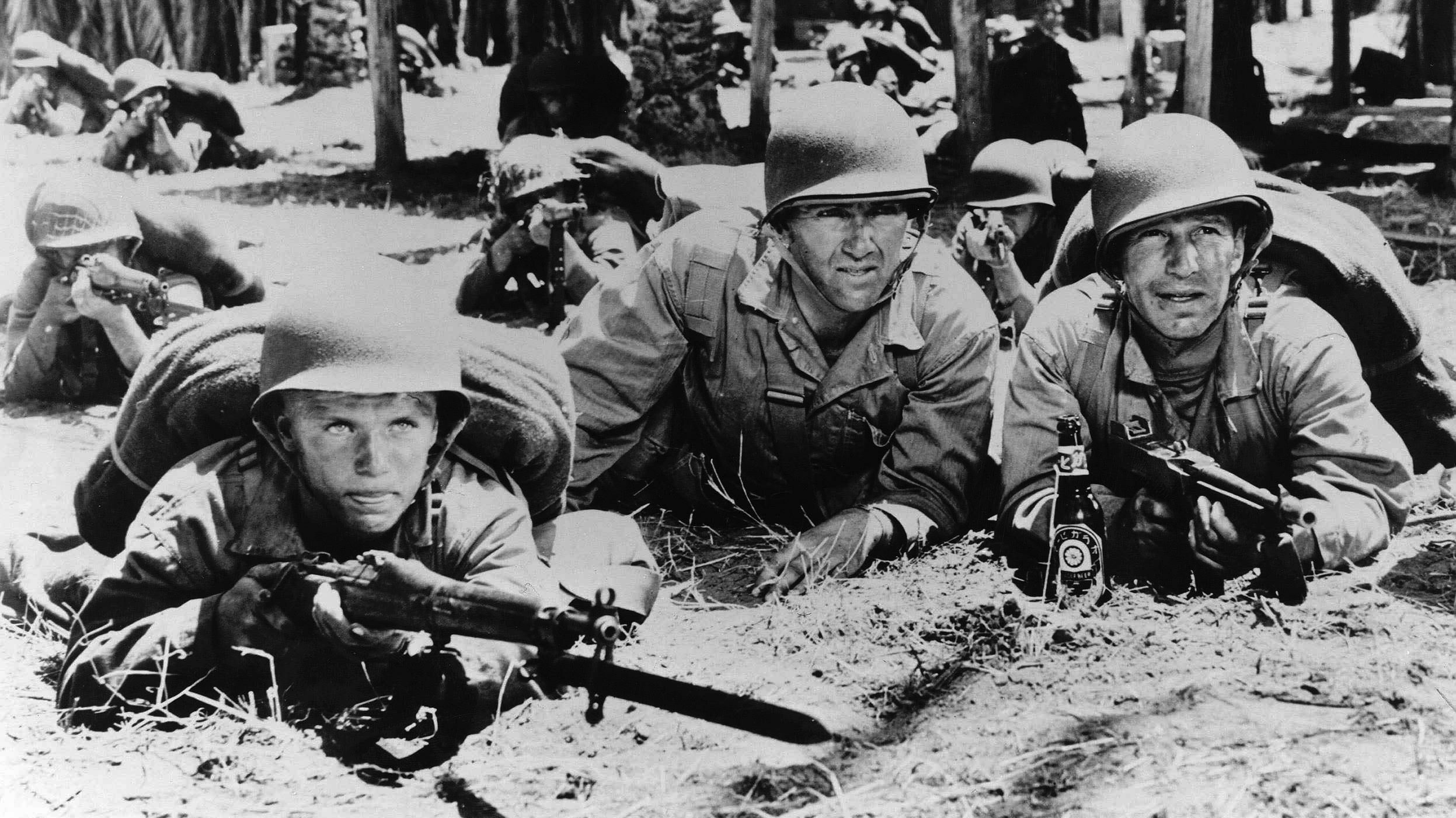
These ships were also part of the Lend-Lease program before the US entered WW II. In exchange for bases in the Caribbean, Roosevelt ordered that 50 of the destroyers be leant to Britain to help replace earlier losses in the war. They were quite effective when used against German U-Boats as well as other missions. Their most important contribution was to help with the British war effort until the US entered the war as an ally in Dec 1941.